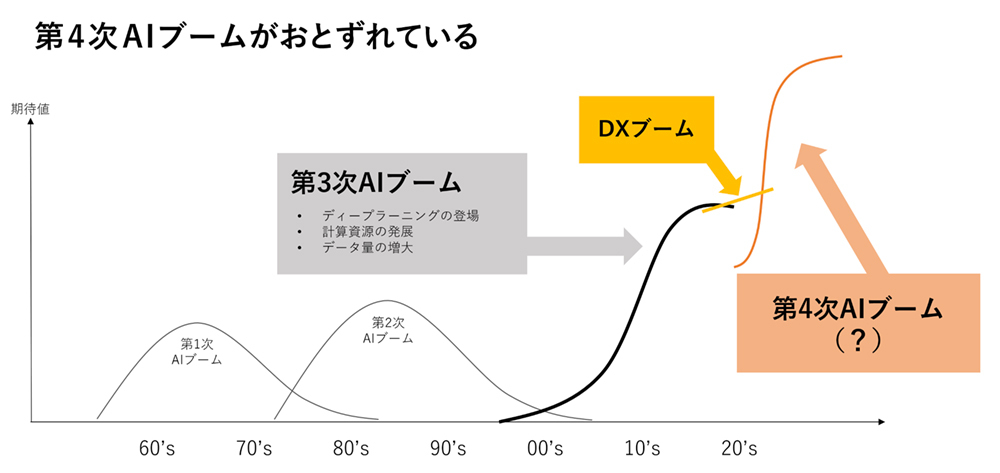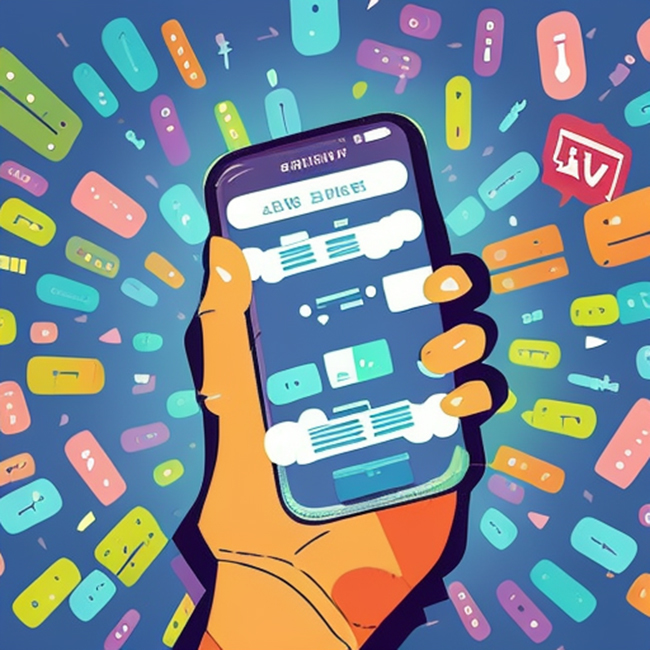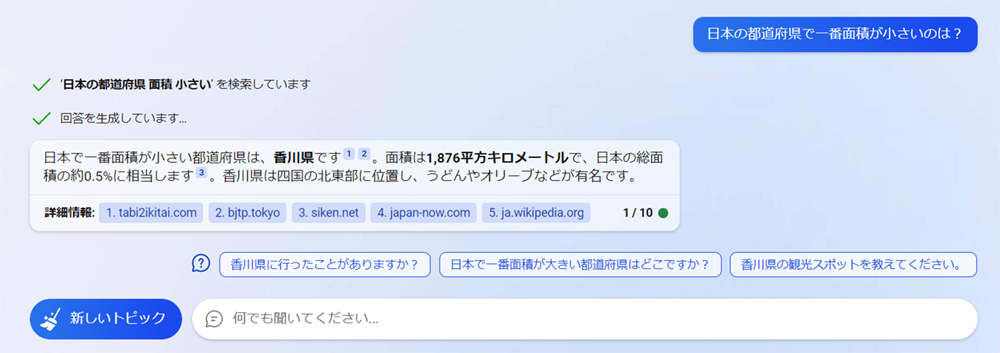Hello. I'm Kodama, head of "AI MIRAI," which promotes AI utilization within the Dentsu Group. Generative AI is currently a hot topic everywhere. This series will explain the impact of generative AI on marketing over three installments.
This first installment introduces generative AI trends and highlights chat search as a particularly important application.
The Rapid Development of Generative AI
It's been about six months since I wrote the article " Does Image Generation AI Threaten Creators, or...? ". Looking back at the AI boom of recent years, this past half-year has been the most intense period. The wave of image generation AI that emerged last summer and fall has continued to develop, encompassing technologies and services beyond just images, while sparking various debates.
Additionally, a major turning point arrived in the field of language generation. ChatGPT (whose enhanced version was released this March), announced last November, along with the underlying AI technology known as LLM (Large Language Model), was unleashed upon society. Since then, new news and services have been released almost daily.
These image and language generation AIs are collectively referred to as Generative AI. Observing market movements related to Generative AI reveals a slightly different landscape compared to the so-called "Third AI Boom" that ran from around 2015 until last year. It represents a new movement that could be called the Fourth AI Boom.

(Conceptual diagram) The Third AI Boom has merged with the DX boom, ushering in a new wave.
The Fourth AI Boom?
We believe the Fourth AI Boom, ignited by Generative AI, is driven by two major factors.
Generative technology has advanced and reached practical levels.
During the third AI boom, tasks centered on data prediction and classification. While numerous examples of "AI-generated XX" existed for image and text generation, these were primarily newsworthy events, and it was difficult to say they had reached practical levels. (Strictly speaking, highly accurate generation technologies themselves had been developed by some companies and research institutions, but it is speculated that they were not released due to the significant societal impact they could have.)
However, starting last year, these technologies were suddenly made widely available. Generation technologies with practical-level accuracy became accessible, and their utilization is now rapidly expanding.

Image generated by AI. The quality of generation is improving daily.
The barriers to using AI have significantly lowered.
Previously, AI for prediction and classification faced the major challenge of arranging training data. For companies or individuals lacking data, it was impossible to even attempt, and preparing and labeling (annotating) the data involved enormous costs.
However, recent generative AI employs a structure known as pre-trained models. These are "raw AI" systems that have been trained and adjusted on vast amounts of data beforehand. They can then be fine-tuned with relatively small amounts of data or controlled using other techniques. This means it's now possible to generate desired images or text without needing tens of thousands or millions of training examples.
Furthermore, as these technologies become available as APIs (Application Programming Interfaces) or circulate as open source, they are now accessible even to those who aren't specialized AI engineers or data scientists. Companies and individuals without their own data can now utilize generative AI or integrate it into their own services.
These two factors—the practical application of generative technology and the lowering of barriers—are converging to drive a shift in the trend's key players from engineers and researchers to creators. The broadening user base has rapidly expanded the scope of application and expression, forming a distinct boom.

Artists and creators are becoming the driving force behind AI generation
It's important to note that the AI technologies central to the third AI boom—such as prediction and classification—are by no means obsolete. Their continued utilization must be explored within industry and business settings. It's crucial to consider these separately from the current trend in generative AI.
Generative AI Trends
While we won't delve into specific technologies here, a great deal has become possible in just the past six months. Here are just a few examples:
〈Image Generation〉
Improved quality of generated images.
Various specialized generation models for specific genres, such as characters and photorealistic styles, are now widely available, capable of producing images indistinguishable from reality.
Advancements in control technology.
Control technologies have emerged that address previously difficult aspects like specifying compositions and poses, as well as maintaining consistency in people and characters, making it possible to generate images exactly as envisioned.
Expansion beyond images.
It is now possible to generate various types of data beyond images, such as 3D models, characters, and videos.
Emergence of various services. Numerous services have appeared, including standalone offerings and those integrated into traditional creative software.
With renowned artists like Linkin Park utilizing AI in their own work, AI-driven creation is becoming established as a form of expression. AI art contests are being held, and while opinions vary, it is generating significant buzz as a creative technique.
https://www.youtube.com/watch?v=7NK_JOkuSVY
〈Language Generation & Dialogue〉
Improved quality in generation and dialogue.
Not only in English but also in Japanese, AI can now generate text of near-human quality and engage in natural conversation.
Advancements in control technology.
It can now respond based on specific information, support character design, and integrate with other services like search.
Expansion beyond language. "Chat as a UI" has emerged, enabling robot operation, programming, and control of other software.
Emergence of various services.
Diverse services have emerged, including "chat search" integrated with search engines and embedding within office tools and business software.

AI is acquiring natural language
〈Multimodal AI〉
AI capable of simultaneously handling images, language, audio, and other disparate data formats is also increasing. GPT-4, announced this past March, is said to handle language generation from images (such as interpreting charts, understanding and describing pictures or manga). In this way, LLMs are leaping beyond the confines of Language and becoming capable of handling increasingly diverse tasks.
The Impact of Chat Search
While all these are innovative technologies, from a marketing perspective, I believe chat search is the most impactful.
Chat search differs from traditional search engines that present relevant websites. Instead, it crawls the web in response to user queries, gathers information, connects it, and provides only the relevant information as an answer. Currently, Microsoft's Bing offers this service, and several startup search services have also emerged.

Example of Chat Search (Microsoft Bing)
While language generation AI currently has the inherent issue of generating misinformation (hallucination), the sheer simplicity of "only the information you sought being presented" is profoundly surprising. It could be seen as throwing a stone into the pond of internet search, which has persisted for over 20 years.
What exactly does this mean? Next time, we'll explore how chat search is changing information access and the customer journey.









